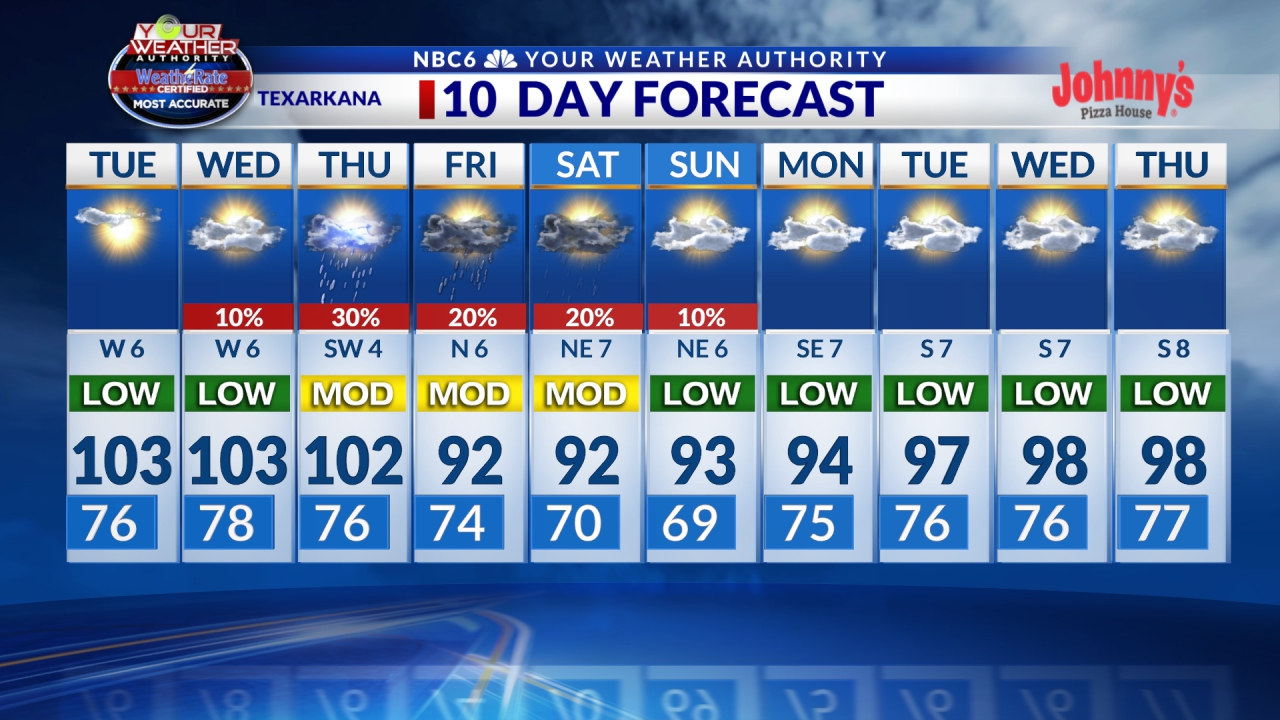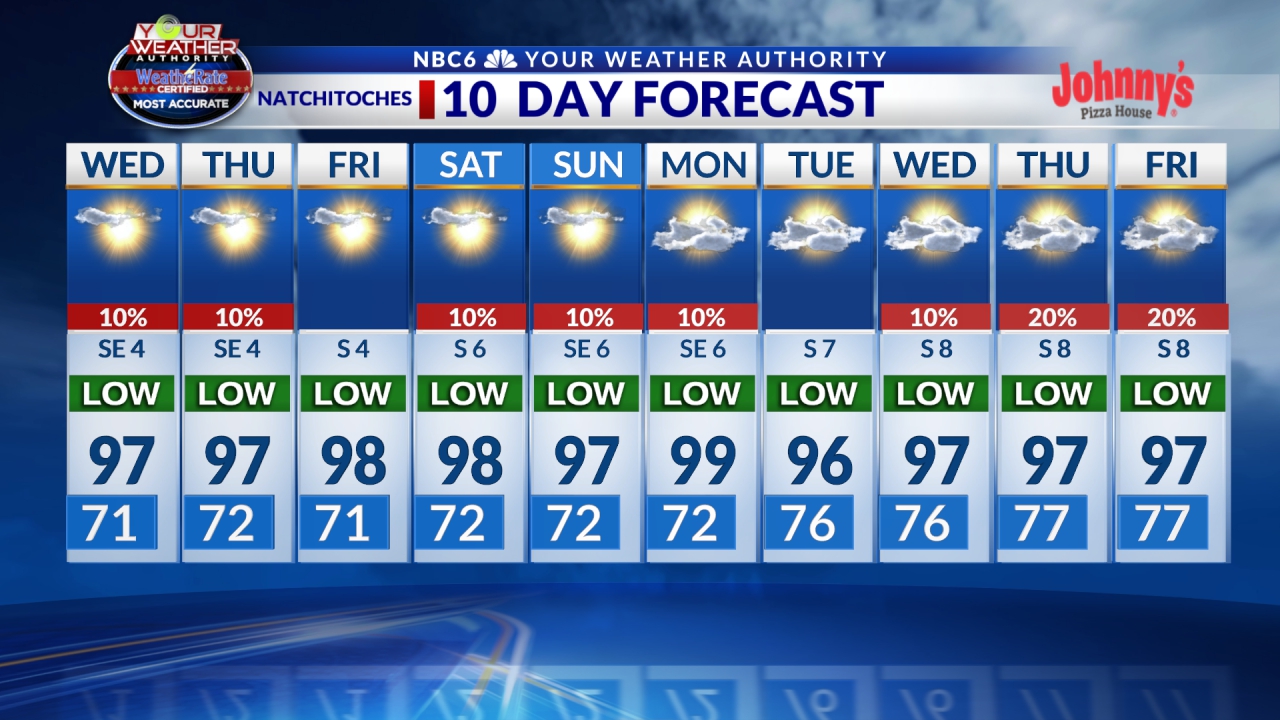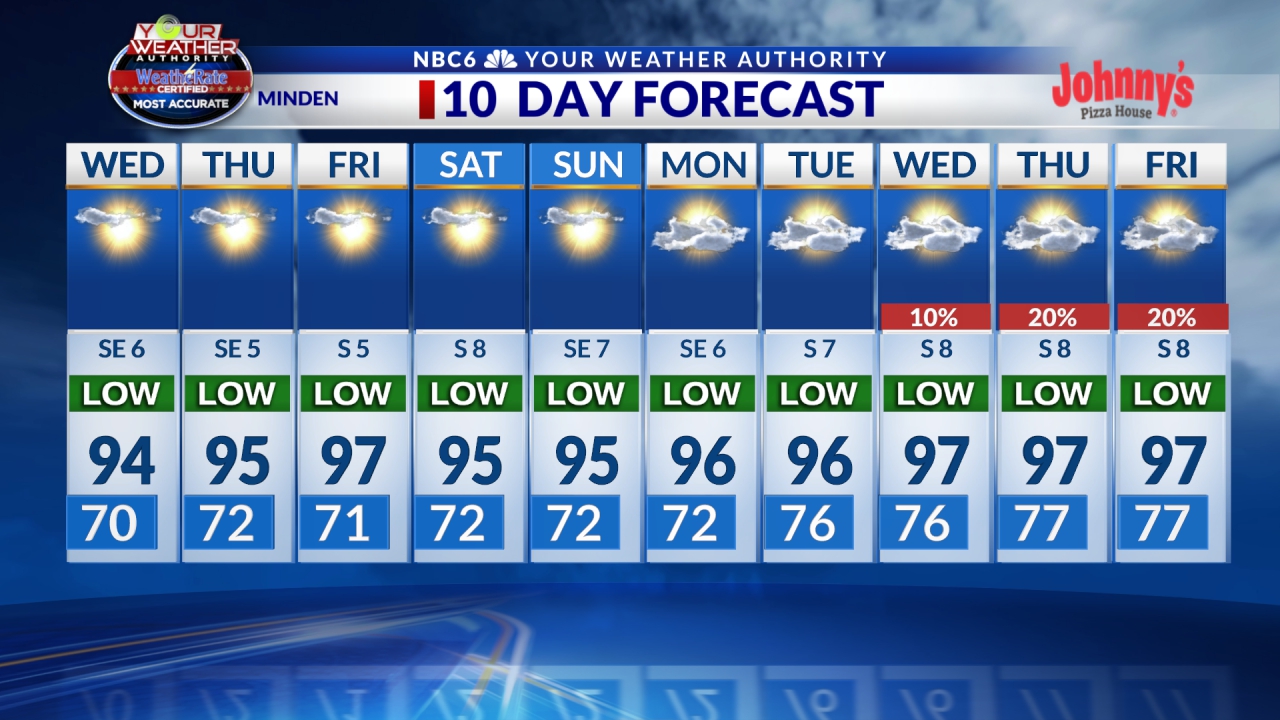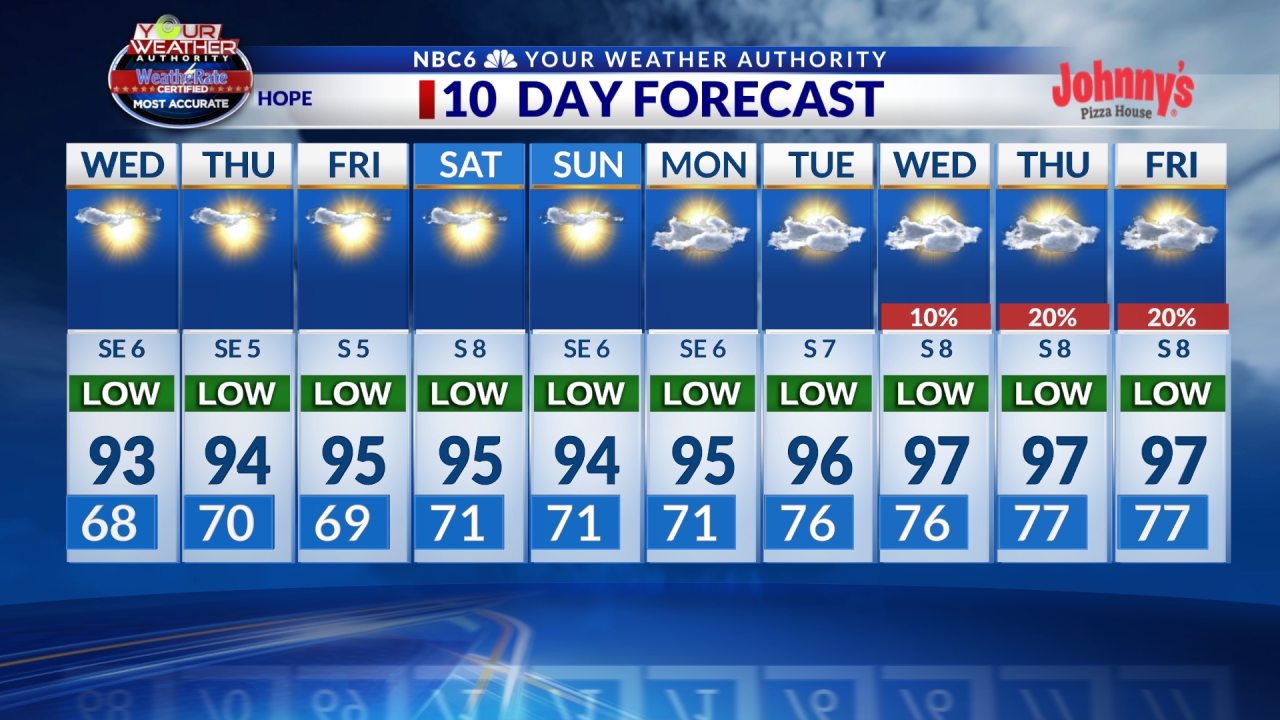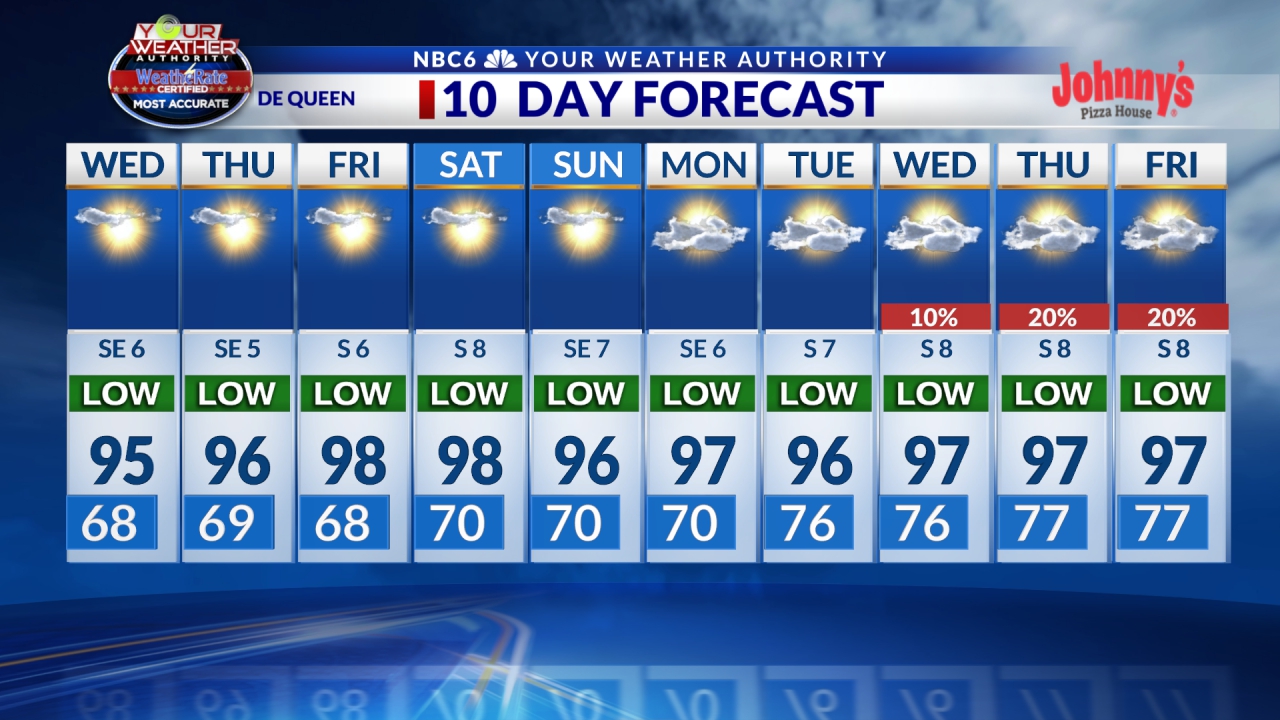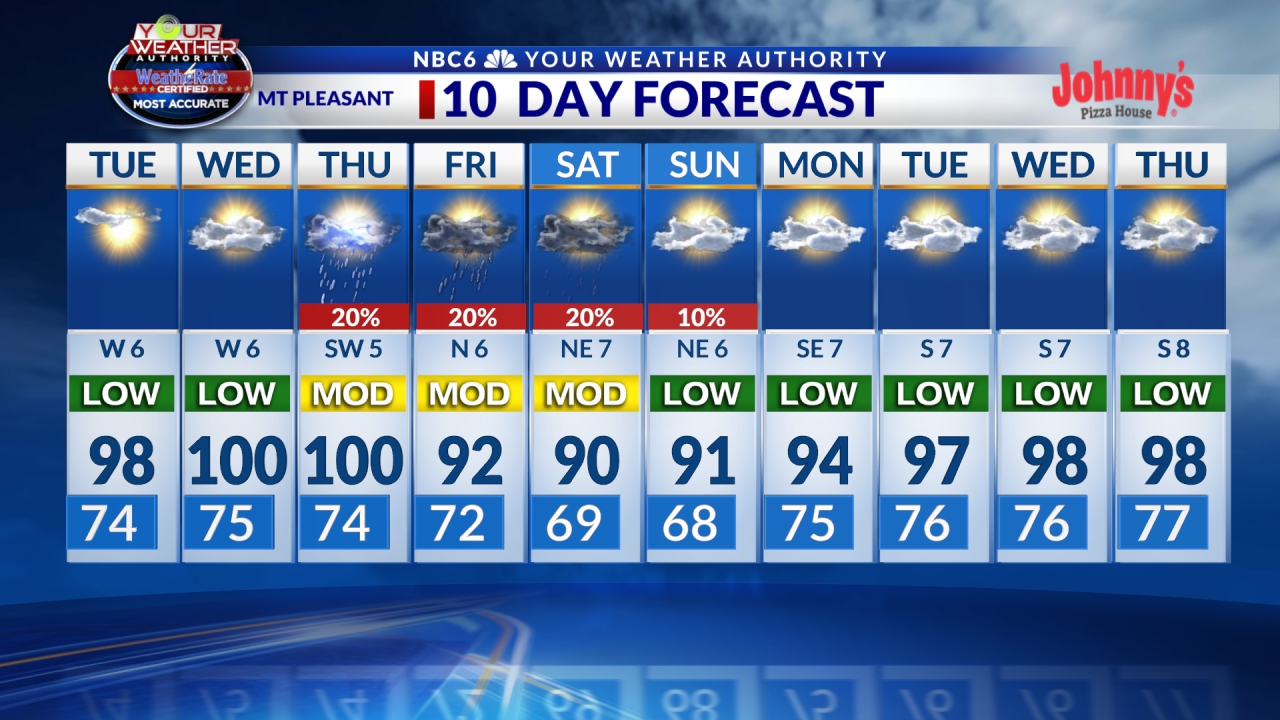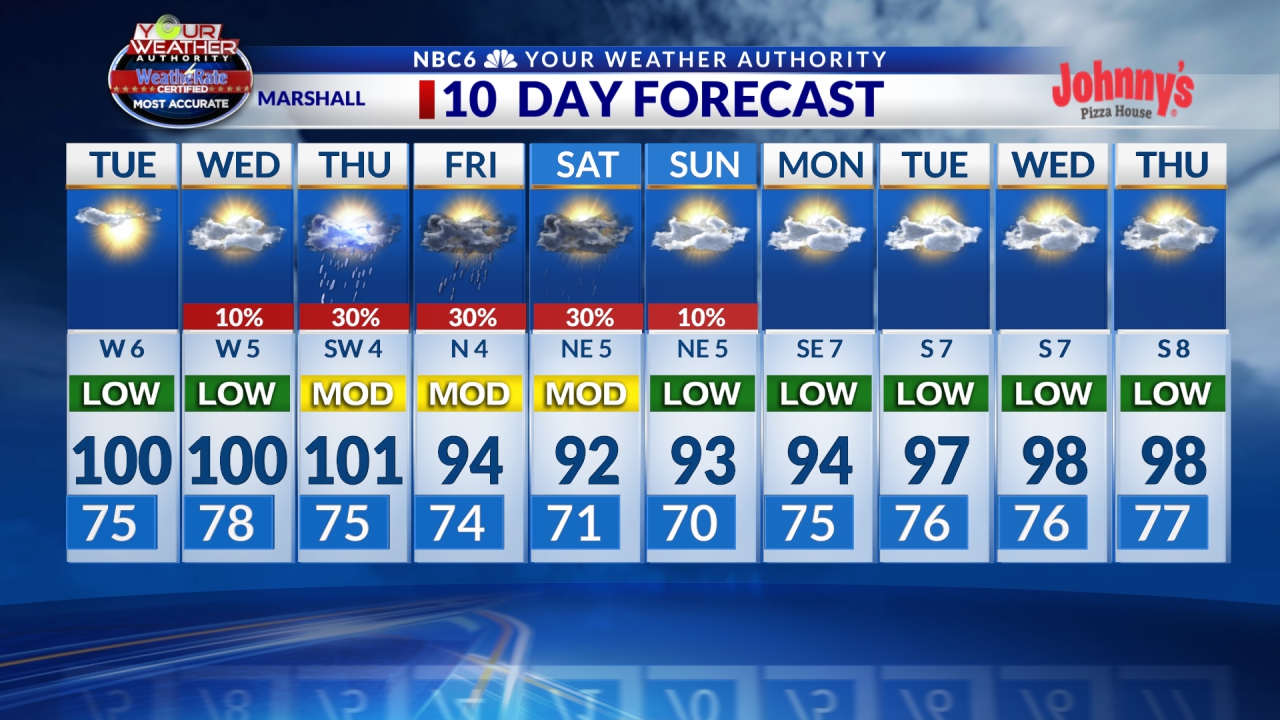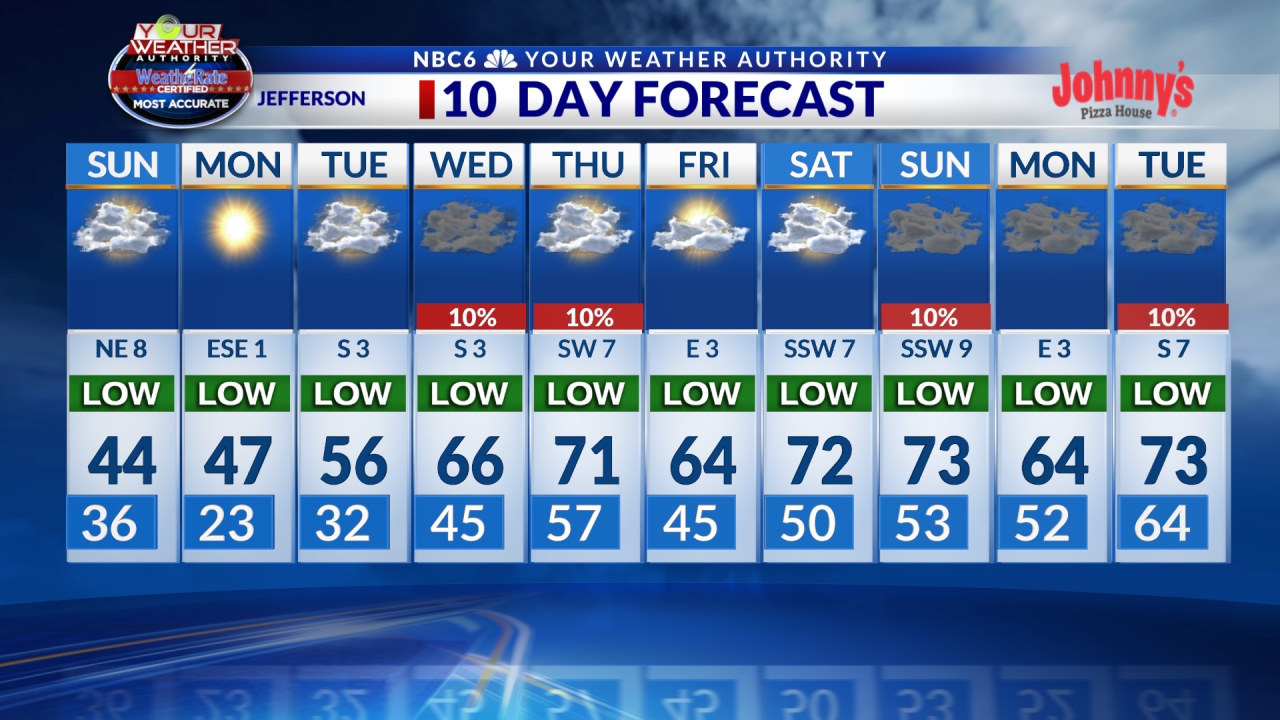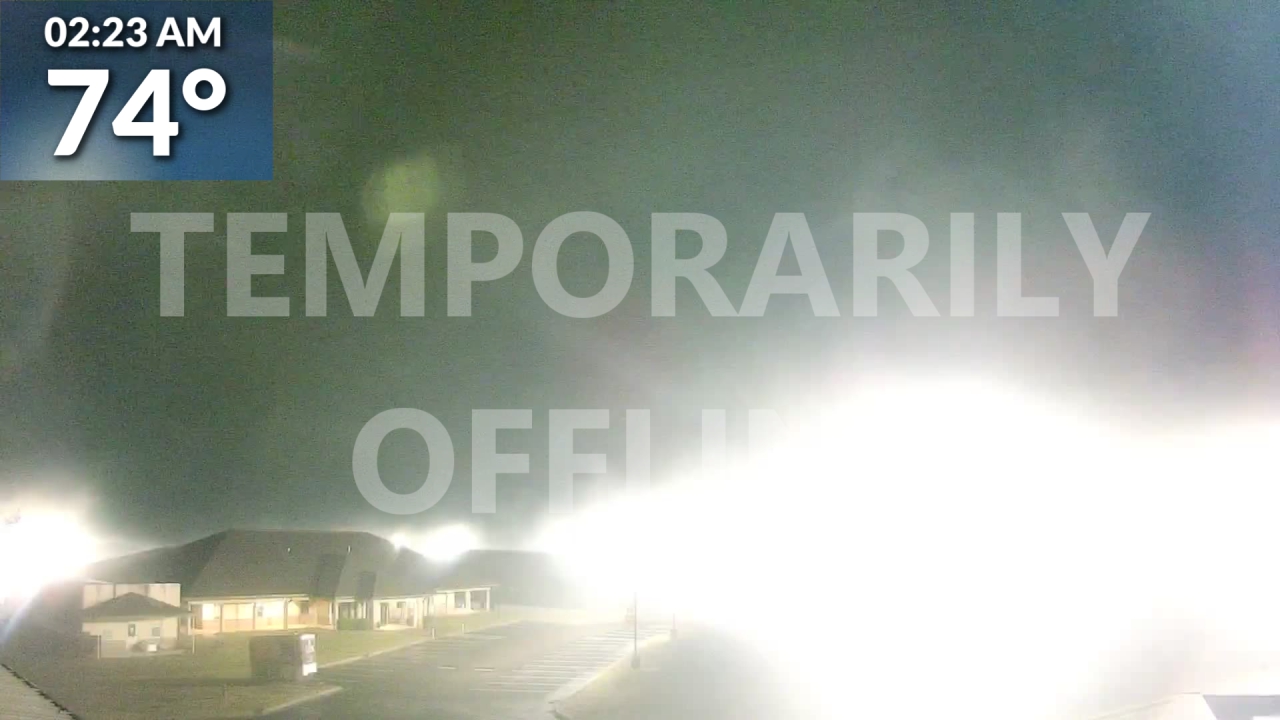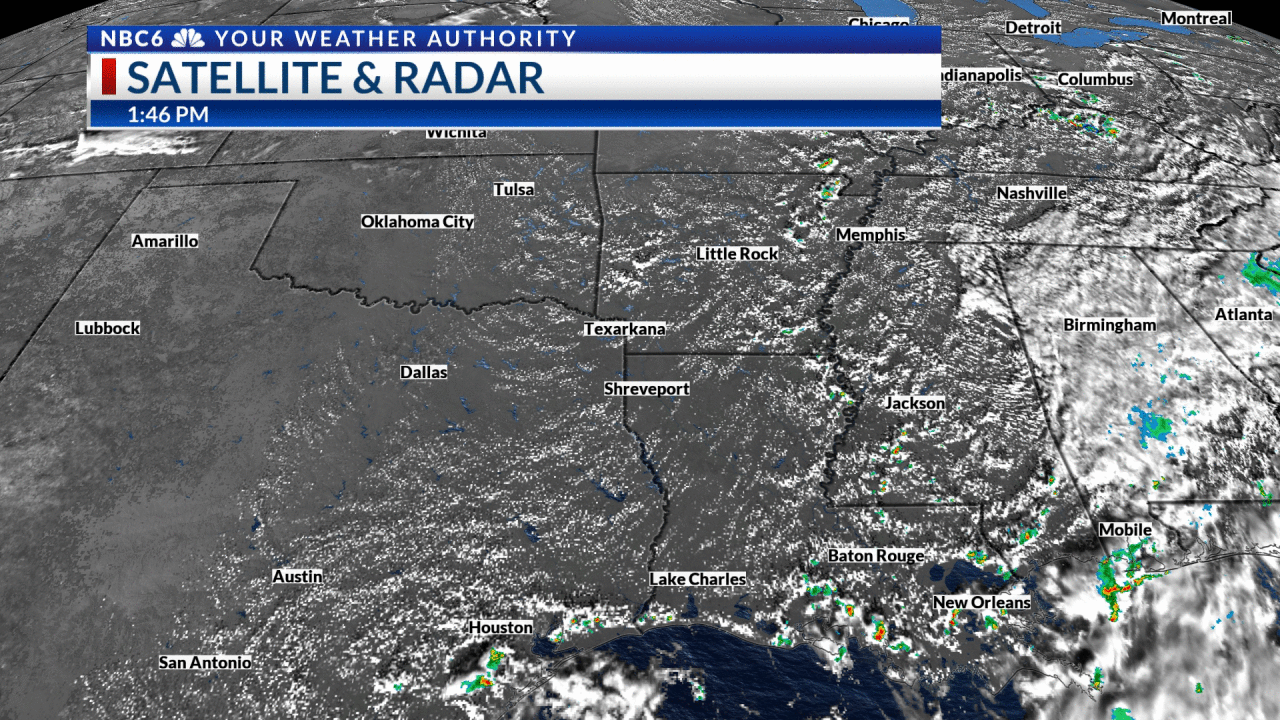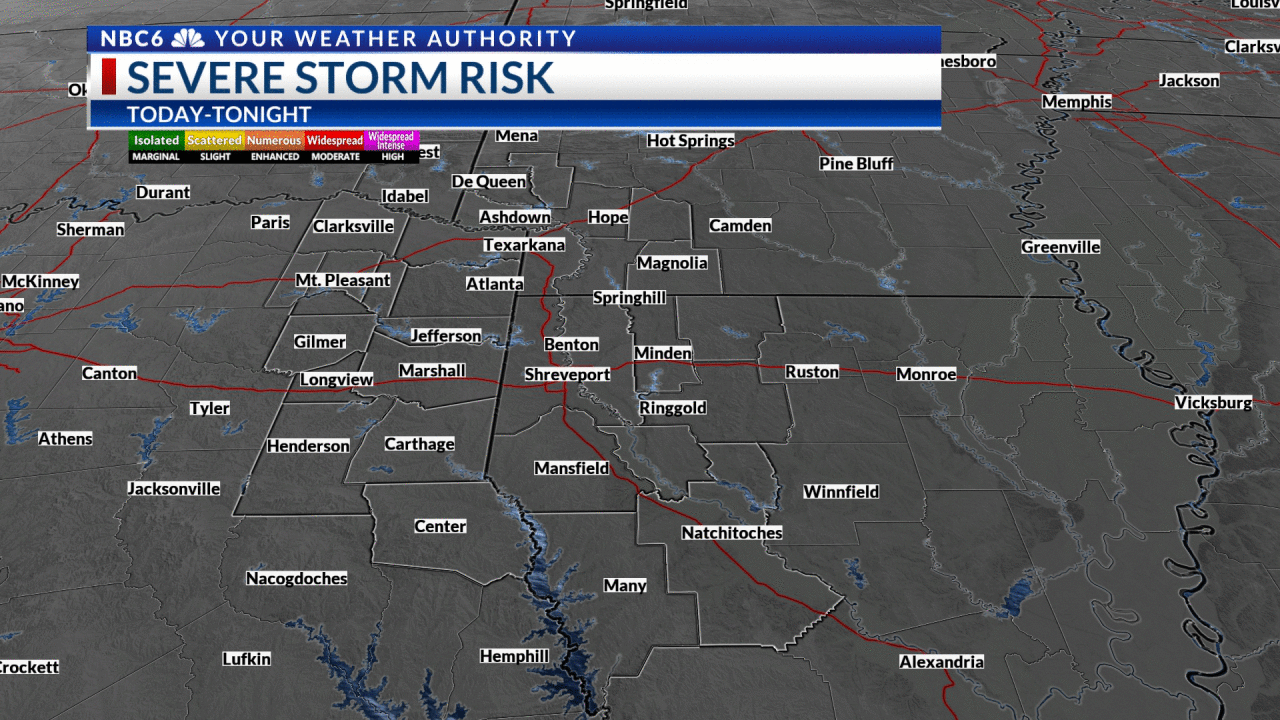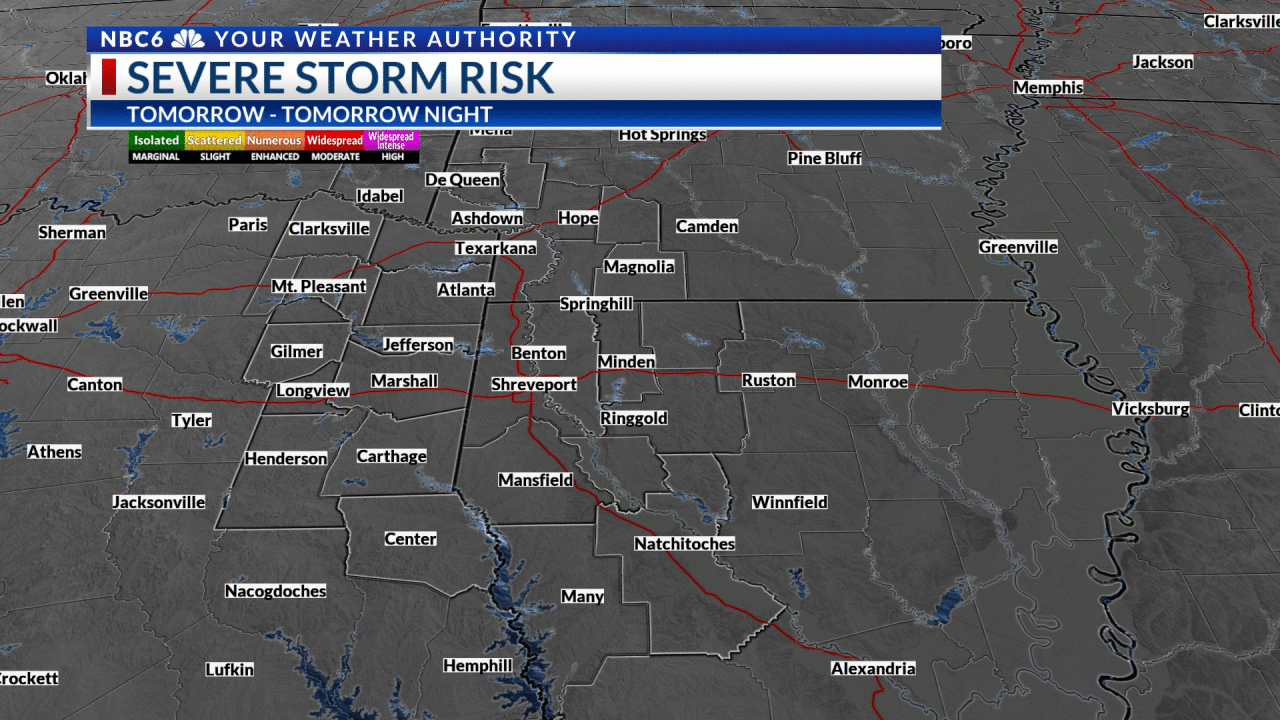SHREVEPORT, La. (KTAL/KMSS) – A string of violent storms tore across Oklahoma, Iowa, and Nebraska Saturday, leaving destruction in their wake and at least two people dead.
There have already been several rounds of severe weather this spring, causing flooding and damage to multiple parts of the country. So, how can you protect yourself and your loved ones before, during, and after extreme weather events?

Before the storm
The National Weather Service has several suggestions to help you and your neighbors stay safe before severe weather hits.
- Check forecasts regularly and listen to local news or NOAA Weather Radio to stay up to date on watches and warnings.
- Sign up for community alerts when available. Many communities depend on media and smartphones to alert residents of severe storms.
- Make a family plan, including an emergency meeting place. Pick a safe room in your home on the lowest floor with no windows.
- Practice the plan beforehand so everyone knows what to do. Don’t forget your pets if time allows.
- Protect your home by trimming branches near it, securing loose objects, closing windows and doors, and moving valuable items inside.
- Encourage others to prepare for severe weather. Take CPR training so you can help if someone is hurt.
It’s best to charge phones and necessary electronics before severe weather hits and to prepare a kit with first aid supplies, medications, water, and other necessities in case of emergencies.
The NWS has a handy tool to help people make a safety plan ahead of severe weather.

During the storm
A severe weather watch means the conditions exist for severe weather to develop. Warnings mean dangerous conditions have developed, and you should take shelter immediately.
Depending on the situation, there may be little warning if dangerous conditions develop, but according to the NWS, there are several things you can do to stay safe and minimize the impacts.
- Continue to listen to local news or NOAA Weather Radio to stay informed about storm watches and warnings.
- If you hear a severe thunderstorm warning, get to a secure location and, if time allows, take your pets.
- If you are at work or school when severe weather strikes, do not go into large open rooms such as cafeterias, gymnasiums, or auditoriums, and stay away from windows.
- If you are outside, get inside a sturdy building immediately. Sheds and storage facilities are not safe.
- Taking shelter under a tree is dangerous; it can fall on you, and it will increase your risk of getting struck by lightning.
- If you are in a vehicle, get to the closest secure shelter if there is time. It’s safer to be inside the vehicle than outside.

After the storm
The aftermath of severe thunderstorms can be overwhelming as you assess what happened. The NWS said these steps can help once the lightning and thunder stop.
- Continue listening to local news or NOAA Weather Radio to stay updated on watches and warnings. More storms could be heading your way.
- Contact your loved ones to let them know you’re ok. Text messages and social media may be more reliable than phone calls.
- Once the threat has ended, check your property for damages. While walking through the storm damage, wear long pants, a long-sleeved shirt, and sturdy shoes for protection.
- If you see power lines down, contact the local authorities and do not approach them.
- Do not enter damaged buildings.
- Be aware of insurance scammers if your property has been damaged.
- If you encounter injured people and you are properly trained, provide first aid until emergency response team members can arrive.
The Texas Department of Insurance has a helpful guide on dealing with insurance claims and avoiding repair scams if your home suffers damage in severe weather.
They said flooding response operations and damage assessments are ongoing across areas impacted by recent storms and encouraged Texans whose homes or businesses were damaged by severe weather and flooding to report the damage using the Individual State of Texas Assessment Tool.





